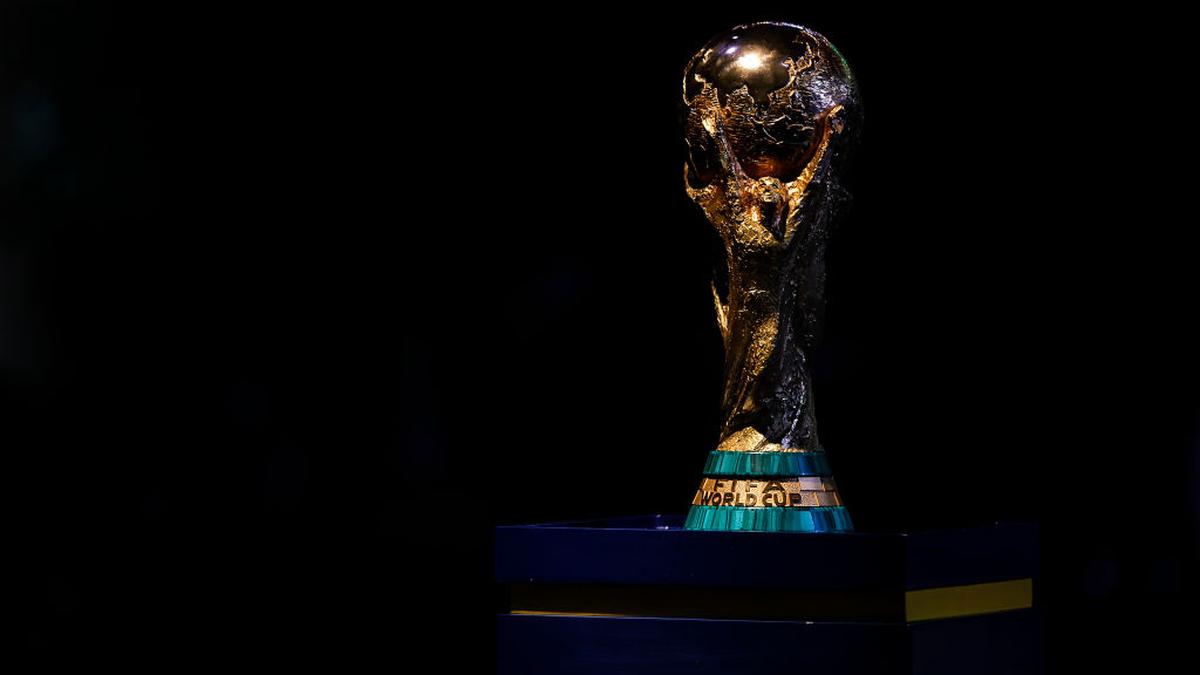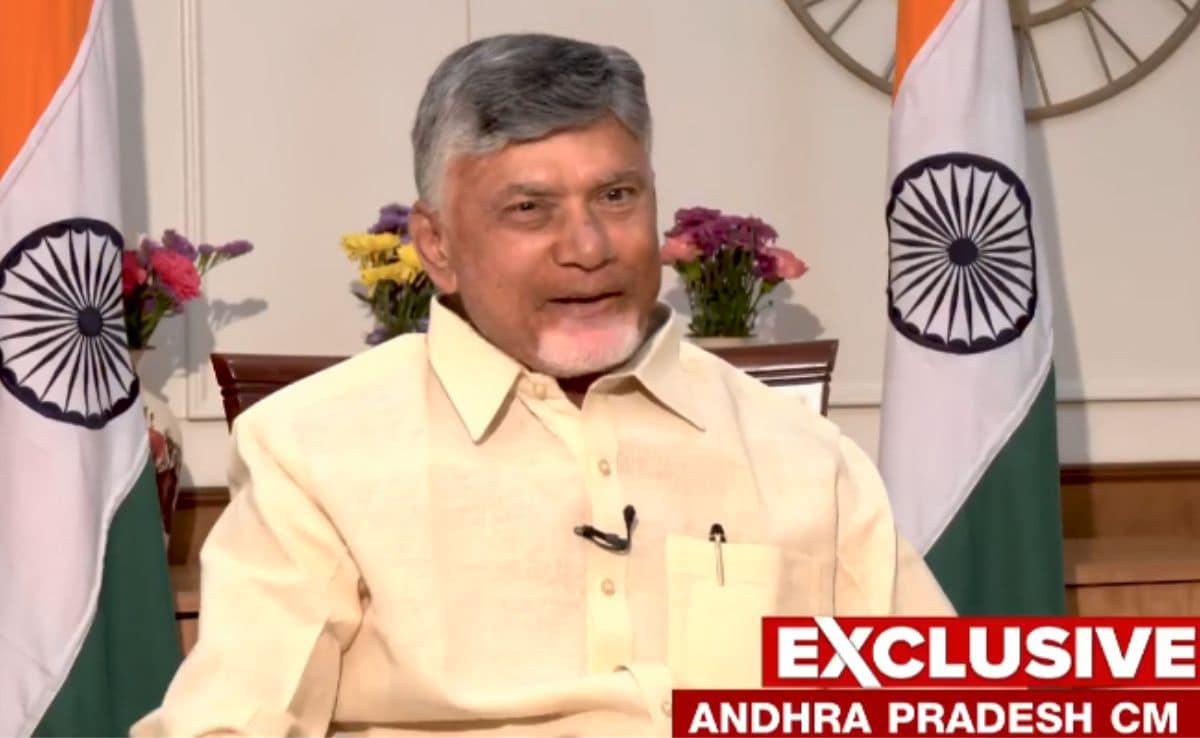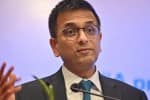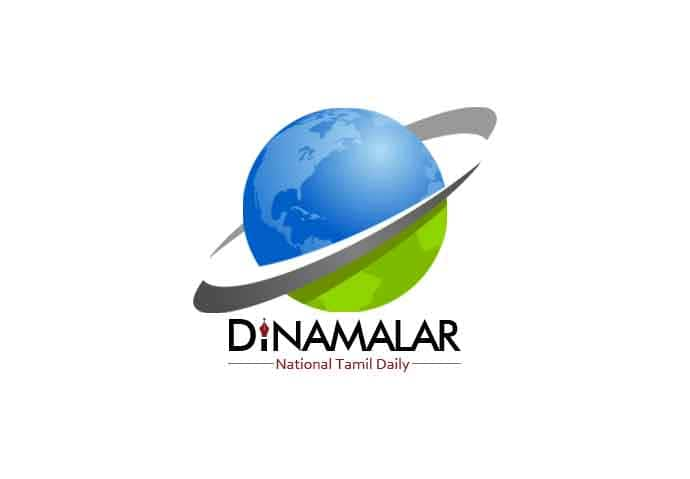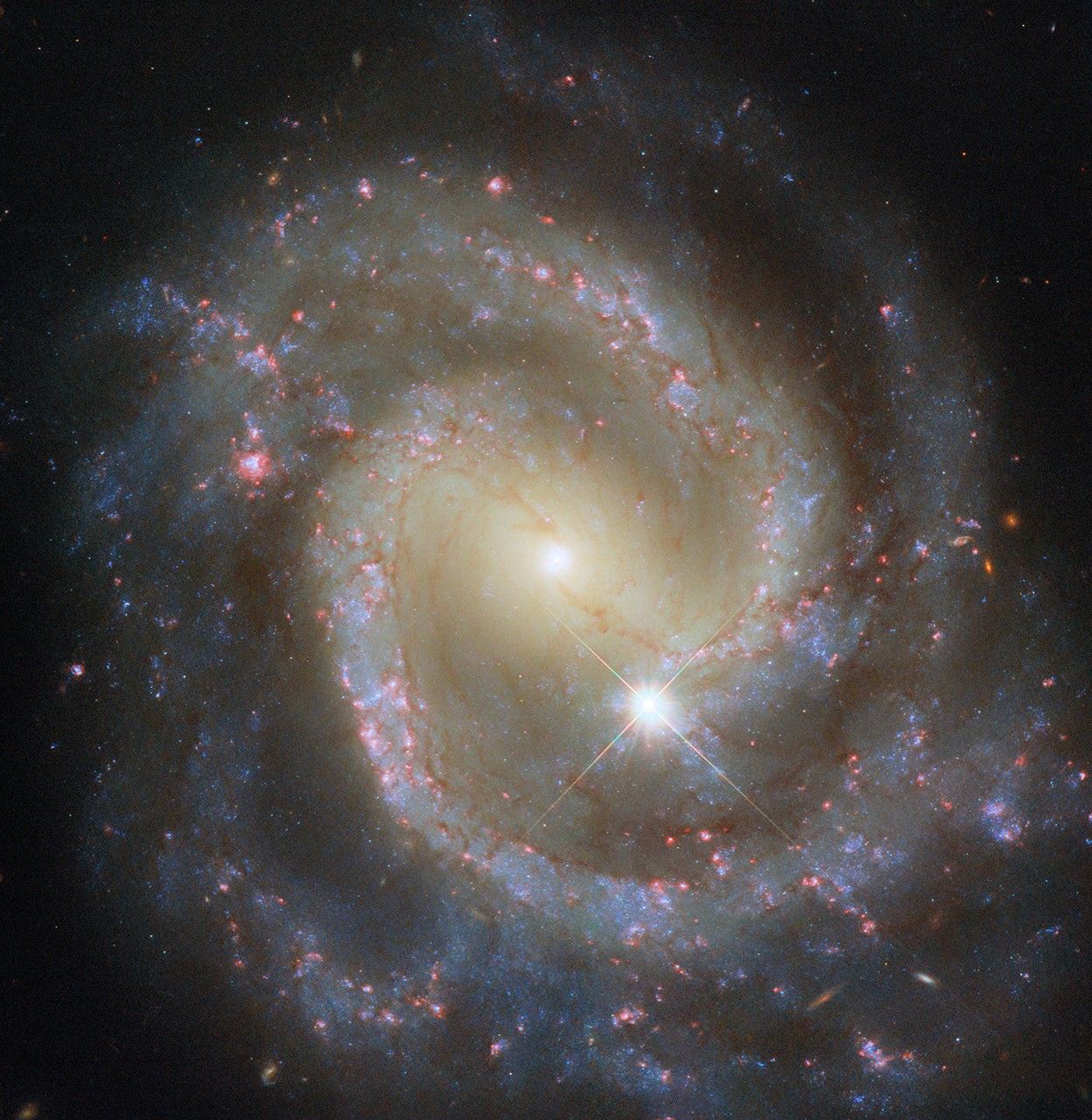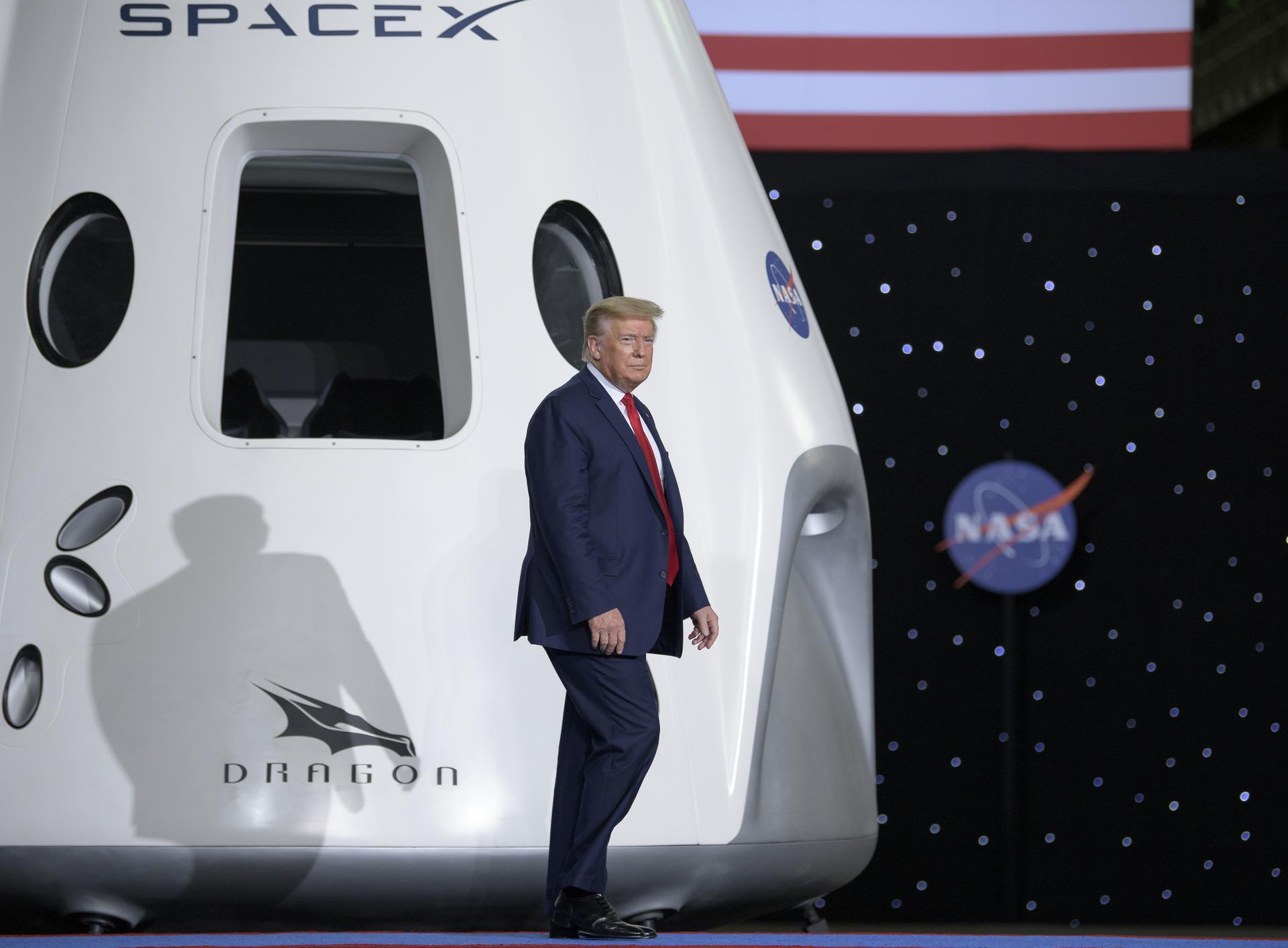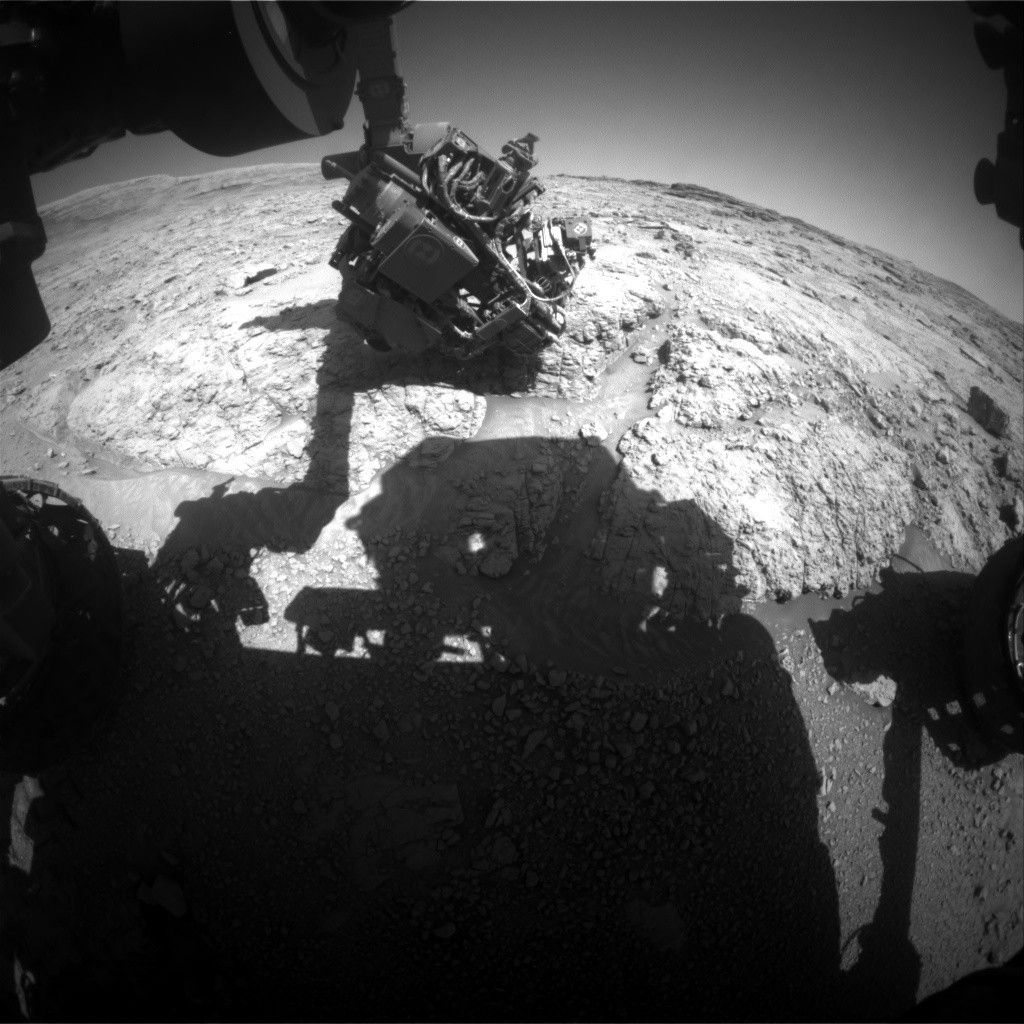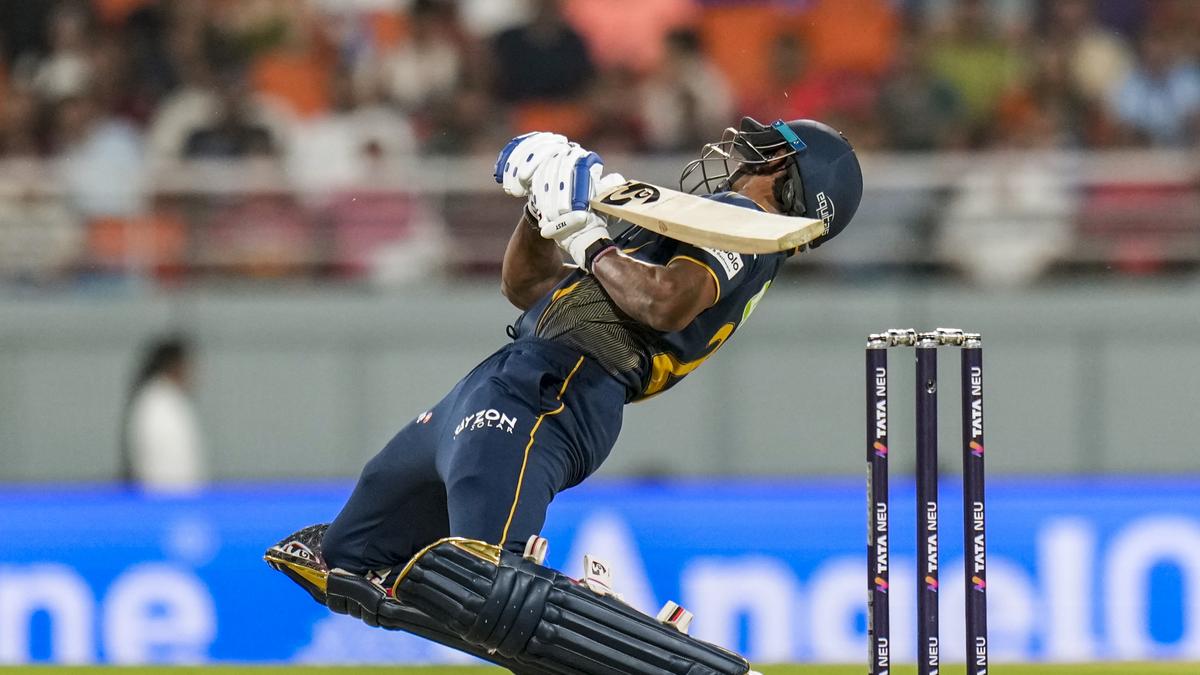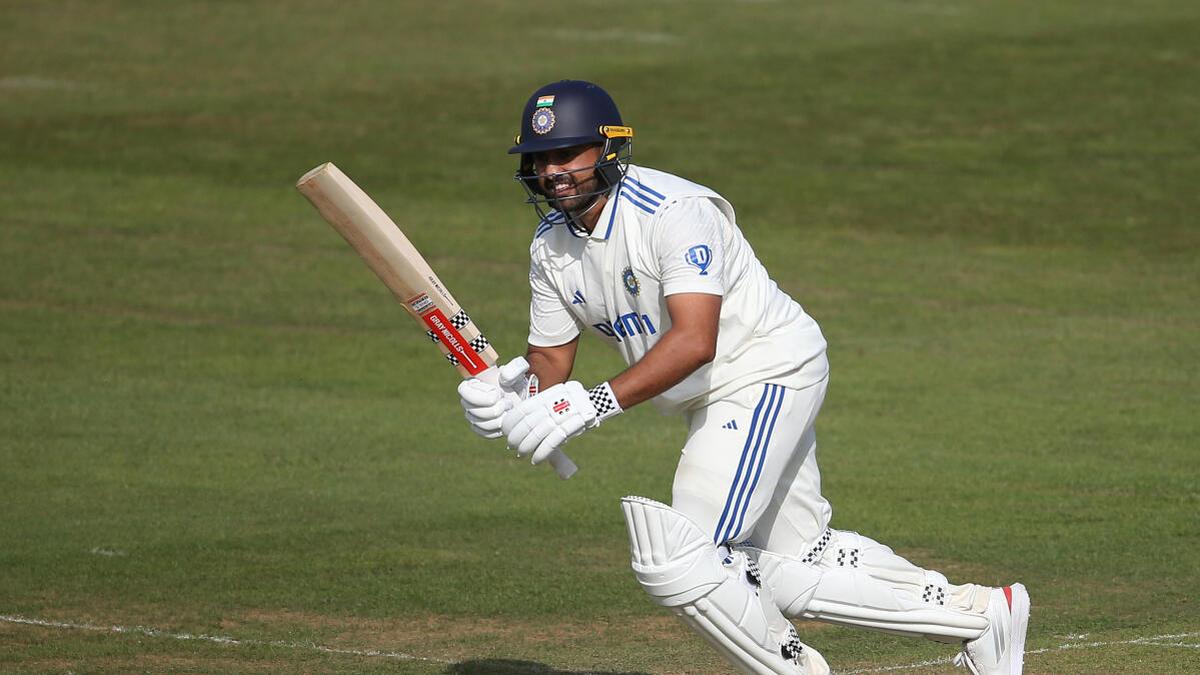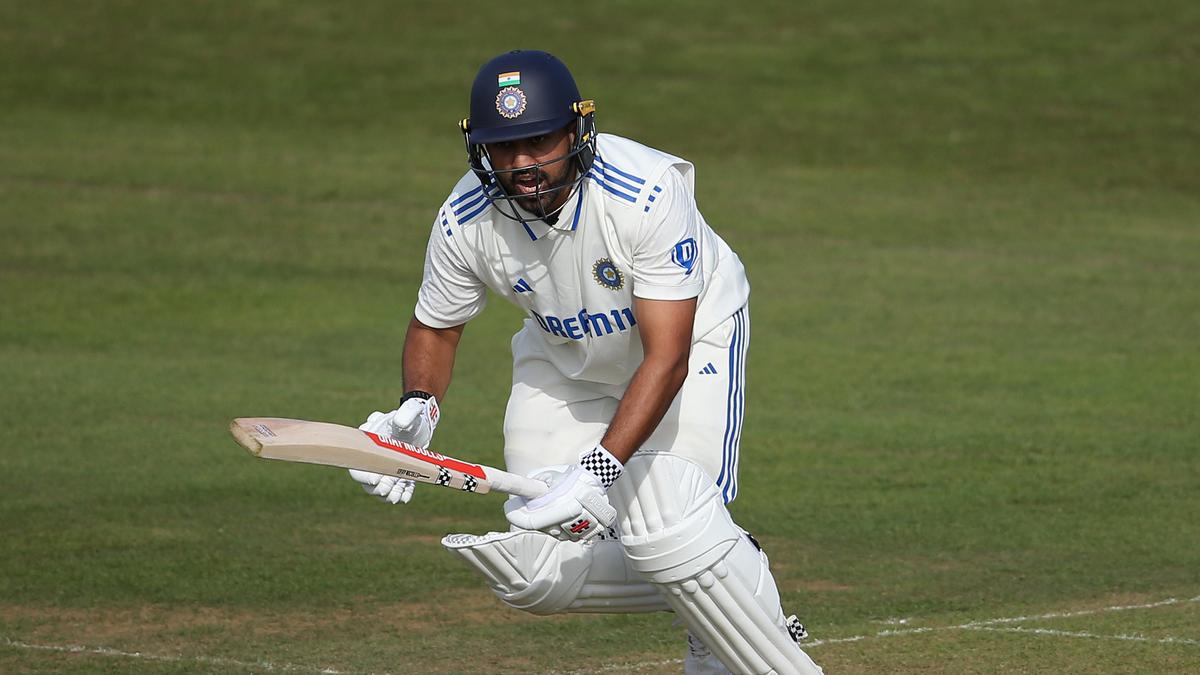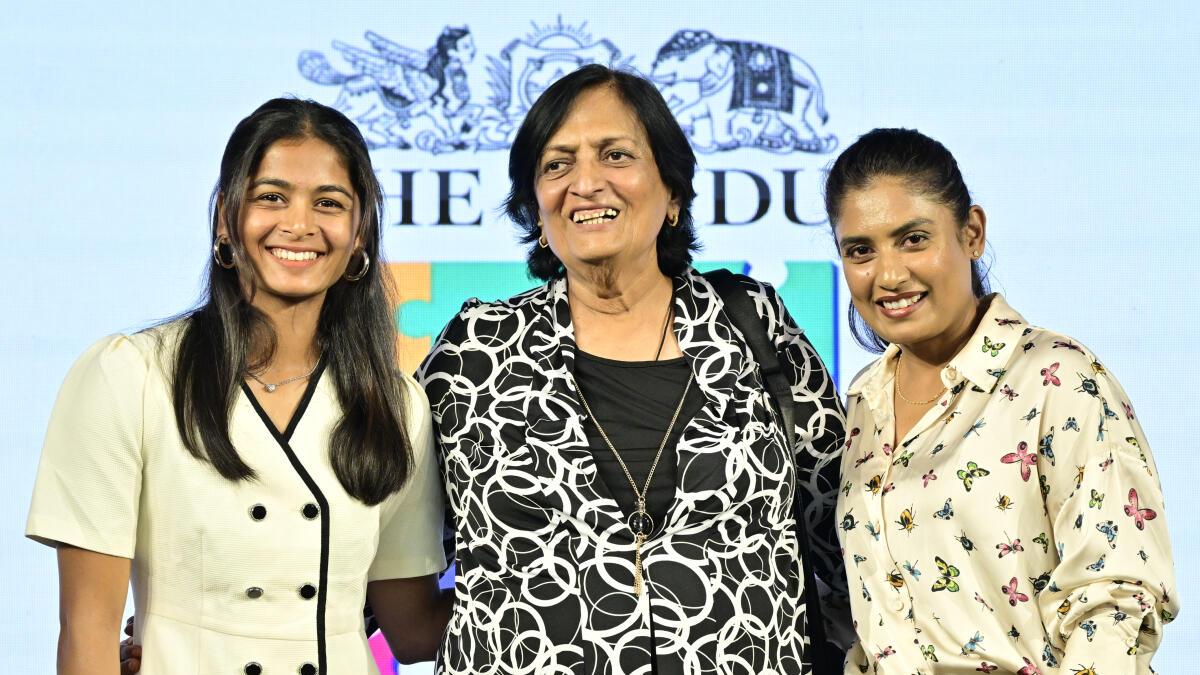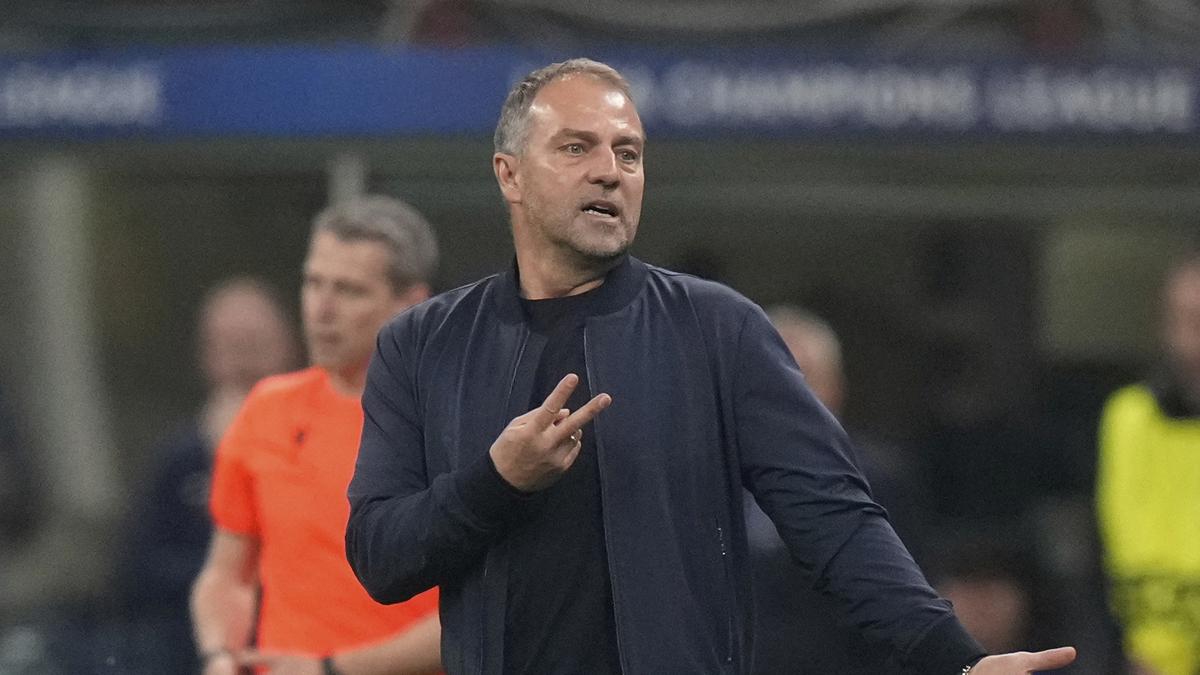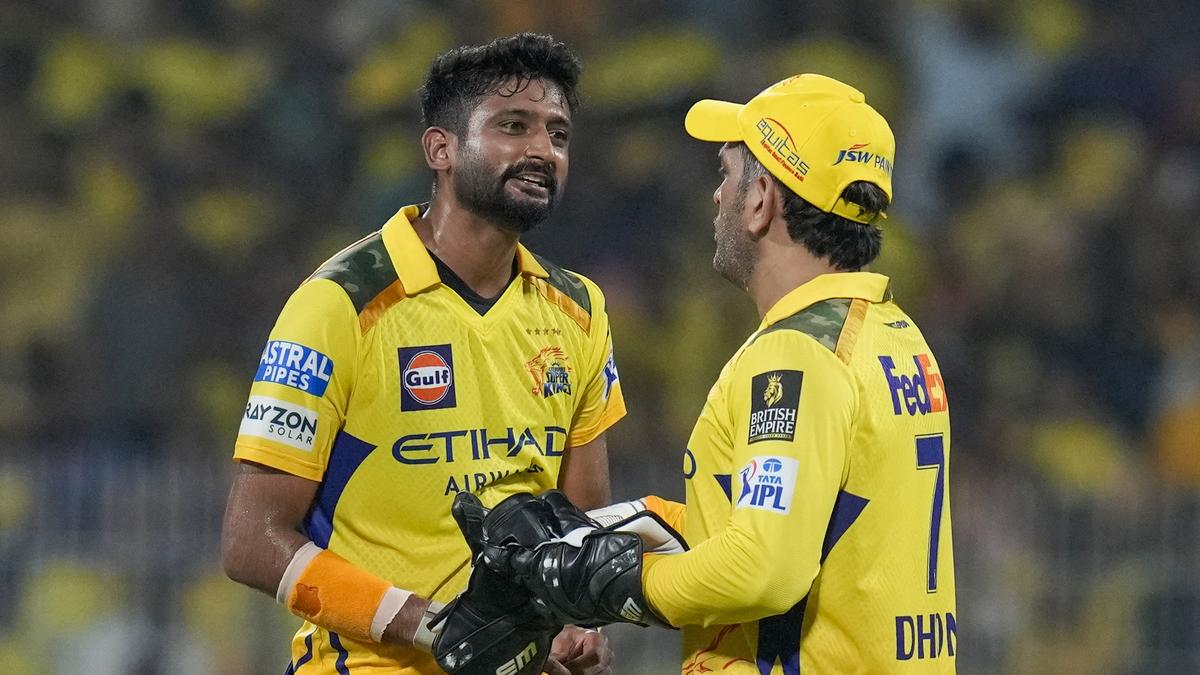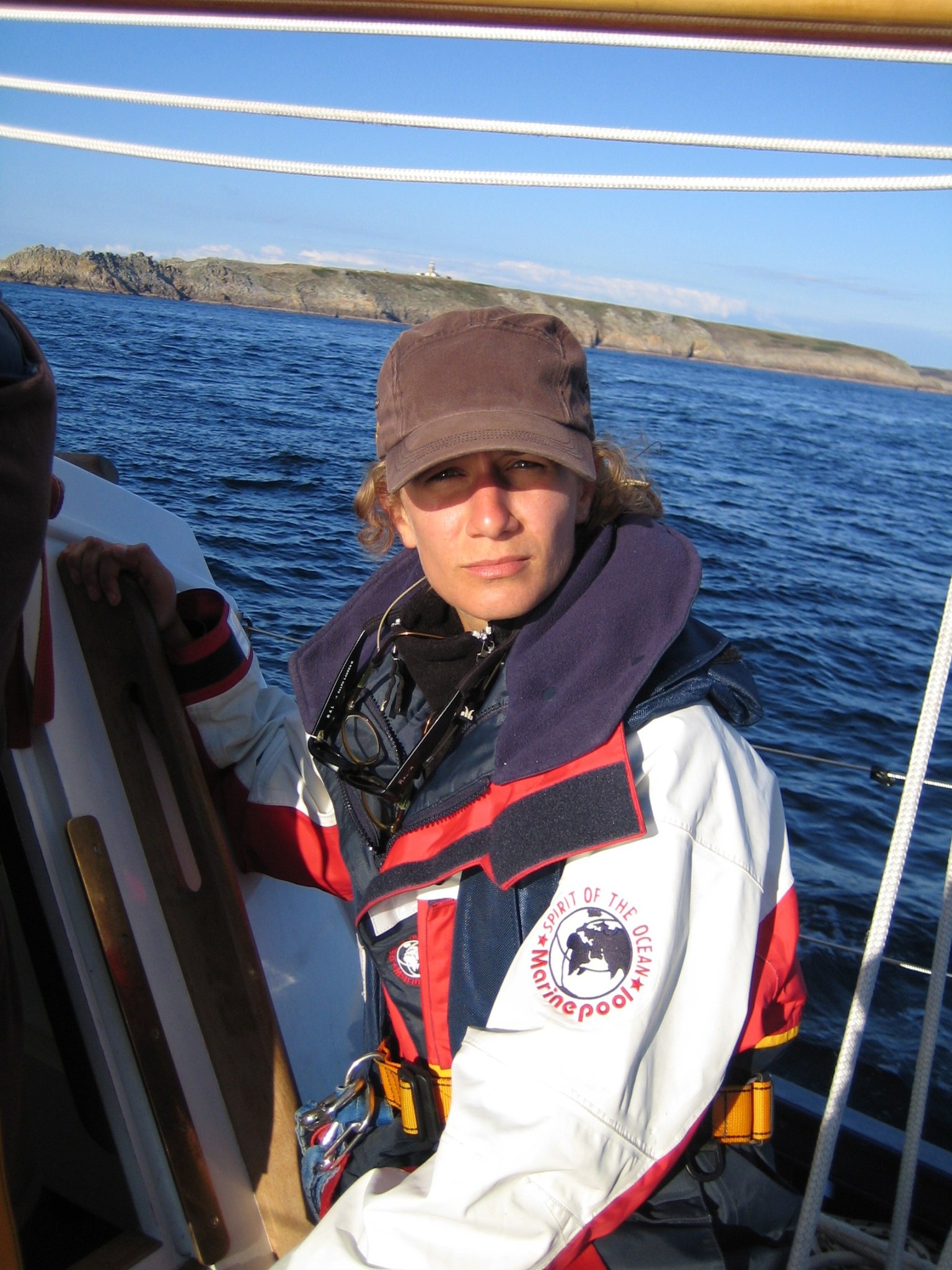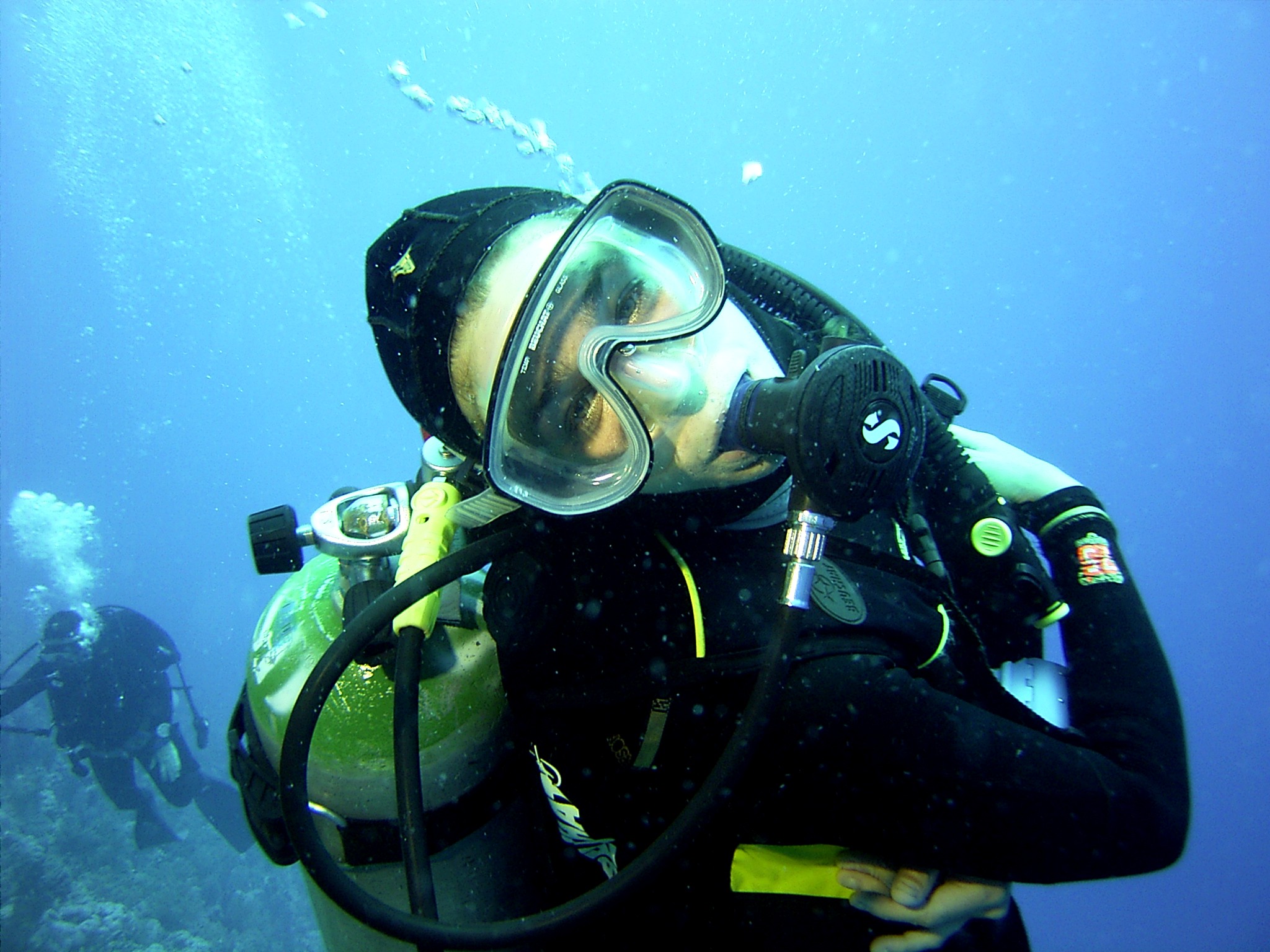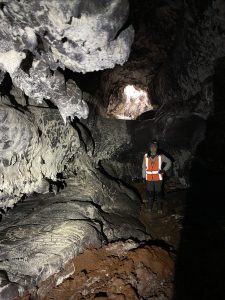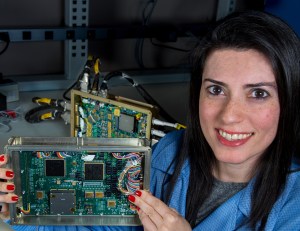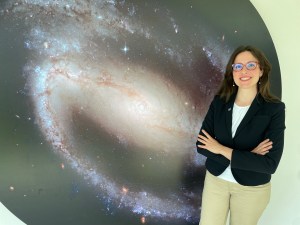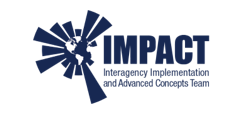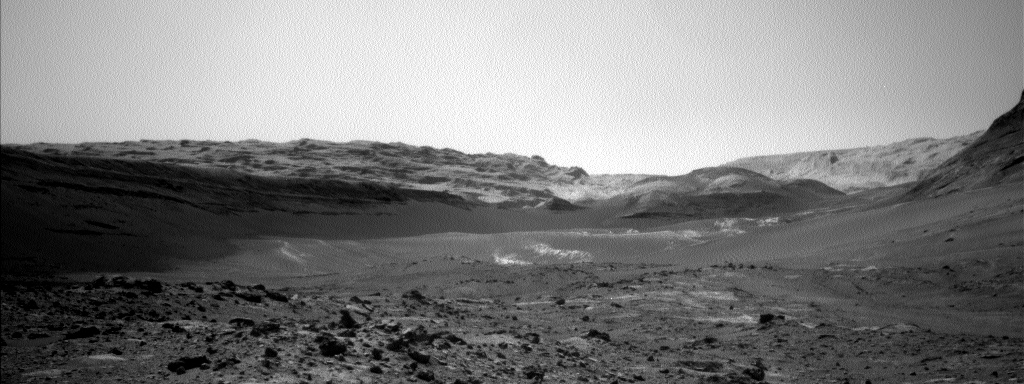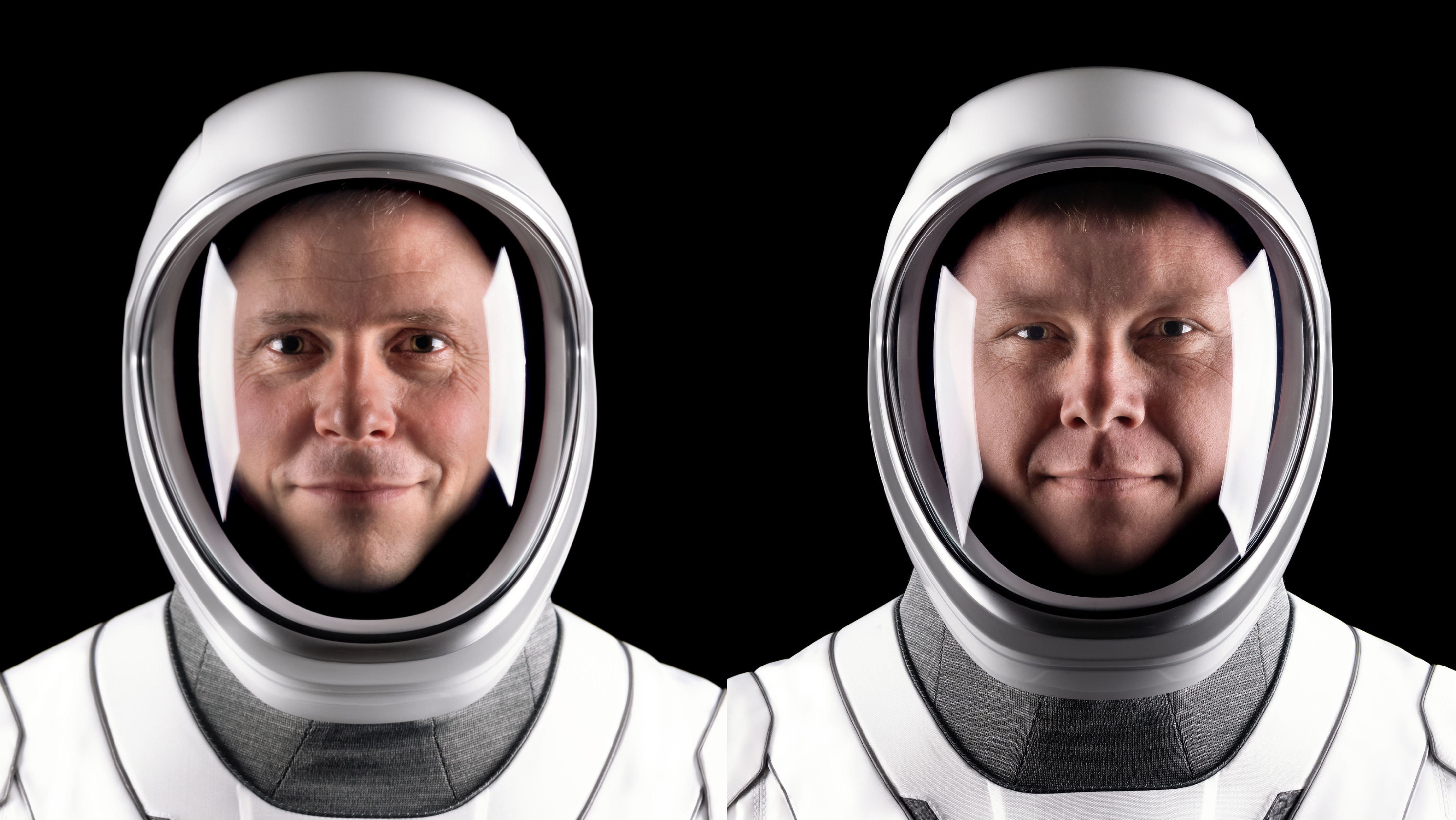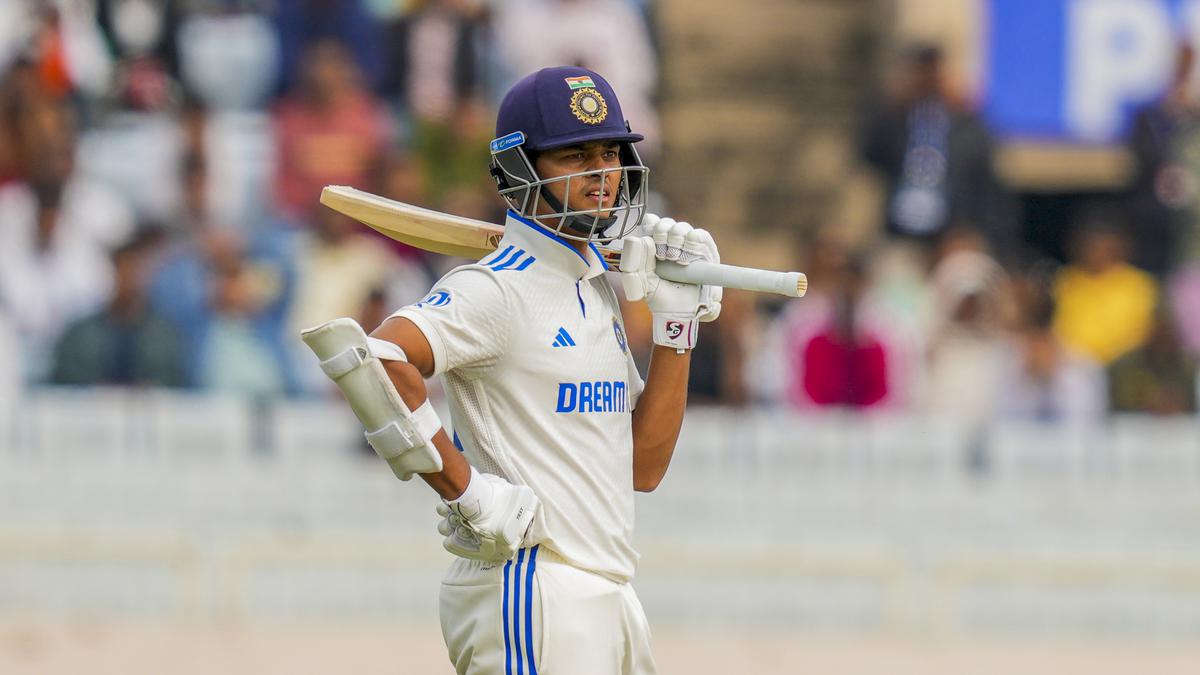Meloë Kacenelenbogen Eyes the Future of Air Quality, Climate Research
A mentor of research scientist Meloë Kacenelenbogen once shared a sentiment from French author André Gide: “You cannot discover new oceans unless you have the courage to lose sight of the shore.” Kacenelenbogen pushes beyond her comfort zone to explore the unknown. Name: Meloë S. KacenelenbogenFormal Job Classification: Research scientistOrganization: Climate and Radiation Laboratory, Science […]

A mentor of research scientist Meloë Kacenelenbogen once shared a sentiment from French author André Gide: “You cannot discover new oceans unless you have the courage to lose sight of the shore.” Kacenelenbogen pushes beyond her comfort zone to explore the unknown.
Name: Meloë S. Kacenelenbogen
Formal Job Classification: Research scientist
Organization: Climate and Radiation Laboratory, Science Directorate (Code 613)
What do you do and what is most interesting about your role here at Goddard?
I study the impact of aerosols — suspended particles from, for example, wildfire smoke, desert dust, urban pollution, and volcanic eruptions — on air quality and the Earth’s climate. I use space, air, and ground-based observations, as well as models.
Why did you become a scientist? What is your educational background?
I never made a deliberate choice to become a scientist. I started with very little confidence as a child and then built up my confidence by achieving things I thought I could not do. I chose the hardest fields to work on along the way. Science looked hard and so did fluid mechanics, remote sensing, and atmospheric physics. I have failed many times, but I always learn something and move on. I do get scared and maybe even paralyzed for a day or two, but I never let fear or failure immobilize me for long.
I was born in Maryland, but my family moved to France when I was young, so I am fluent in French. I have a bachelor’s and master’s degree in mechanical engineering, and physical methods in remote sensing from the Université Pierre et Marie Curie (Paris VI, Jussieu). In 2008, I got a Ph.D. in atmospheric physics for applying satellite remote sensing to air quality at the Université des Sciences et Technologies de Lille (USTL), France.
What are some of your career highlights?
After my Ph.D., I worked for the Atmospheric Lidar Group at the University of Maryland, Baltimore County (UMBC), on spaceborne and ground-based lidars. In 2009, I got a NASA Post-doctoral Program (NPP) fellowship at the agency’s Ames Research Center in California’s Silicon Valley, where I worked for 13 years on space-based, aircraft-based, and ground-based atmospheric aerosol vertical distribution and aerosol typing.
In 2022, I came to work at the Climate and Radiation Lab at Goddard.
What is most interesting about aerosols?
Aerosols are very topical because they have a huge impact on the air we breathe and our Earth’s climate. The smaller the aerosol, the deeper it can get into our lungs. Among other sources, aerosols can come from cars, factories, or wildfires. We all know that wildfires are becoming bigger and more frequent. They are expected to happen even more frequently in the future due to climate change. Both when I was living in California and here in Maryland, I have experienced first-hand choking from the wildfire smoke. I will always remember how apocalyptic it felt back in the summer of 2020 in California when wildfire smoke was paired with COVID confinement, and the sky turned Mars-like orange.
Please tell us about your involvement with the Atmosphere Observing System (AOS)?
I am incredibly lucky to be able to contribute to the next generation of NASA’s satellites. I am working on AOS, which will observe aerosols, clouds, convention, and precipitation in the Earth’s atmosphere. I am part of the team that is helping design several instruments and algorithms.
My role is to connect this spaceborne observing system to all our other space, ground, and air-based measurements at the time of launch. We are making a mesh of observations to address the science questions, run the algorithms, and validate the spaceborne measurements. I am constantly pushed to expand my horizon and my own knowledge.
Why do you enjoy always challenging yourself intellectually?
I started that way. I had no confidence, so I felt that the only way I could build my confidence was to try doing things that scared me. I may sometimes be a little scared, but I am never bored.
What did you learn from your mentors?
A few years ago, a mentor shared a quote from André Gide with me that encapsulates what we are talking about: “You cannot discover new oceans unless you have the courage to lose sight of the shore.” In other words, it is OK, maybe preferable, to be out of my comfort zone to explore the unknown as scary as it may be.
Along the way, it has been extremely important for me to deliberately choose mentors. To me, a good mentor has earned the respect of all who have worked with them, is uplifting, reassuring, and gives me the invaluable guidance and support that I need. I deliberately try to surround myself with the right people. I have been very, very fortunate to find incredible people to encourage me.
As a mentor, what do you advise?
I tell them to deliberately choose their mentors. I also tell them that it is OK to be uncomfortable. Being uncomfortable is the nature of our field. To do great things, we often need to be uncomfortable.
Why do you enjoy working on a team?
I love working on teams, I love to feed off the positive energy of a team whether I lead it or am part of it. In my field, teamwork with a positive energy is incredibly satisfying. Everybody feeds off everybody’s energy, we go further, are stronger, and achieve more. This may not happen often, but when it does it makes it all worth it.
What are the happiest moments in your career?
I am always happiest when the team publishes a paper and all our efforts, are encapsulated in that one well-wrapped and satisfying peer-reviewed paper that is then accessible to everyone online. Every paper we publish feels, to me, the same as a Ph.D. in terms of the work, pain, energy, and then, finally, satisfaction involved.
What do you hope to achieve in your career?
I want to have been a major contributor to the mission by the time the AOS satellites launch.
What do you do for fun?
I do mixed martial arts. I love the ocean, diving, and sailing. I also love going to art galleries, especially to see impressionist paintings to reconnect with my Parisian past.
Who is your favorite author?
I love Zweig, Kafka, Dostoyevsky, Saint-Exupéry, and Kessel. The latter two wrote a lot about aviators in the early 1900s back in the days when it was new and very dangerous. Those pilots, like Mermoz, were my heroes growing up.
Who would you like to thank?
I would like to thank my family for being my rock.
What are your guiding principles?
To paraphrase Dostoevsky, everyone is responsible to all men for all men and for everything. I have a strong sense of purpose, pride, justice, and honor. This is how I try to live my life for better or for worse.
By Elizabeth M. Jarrell
NASA’s Goddard Space Flight Center, Greenbelt, Md.
Conversations With Goddard is a collection of Q&A profiles highlighting the breadth and depth of NASA’s Goddard Space Flight Center’s talented and diverse workforce. The Conversations have been published twice a month on average since May 2011. Read past editions on Goddard’s “Our People” webpage.
Share
Details
Related Terms
What's Your Reaction?









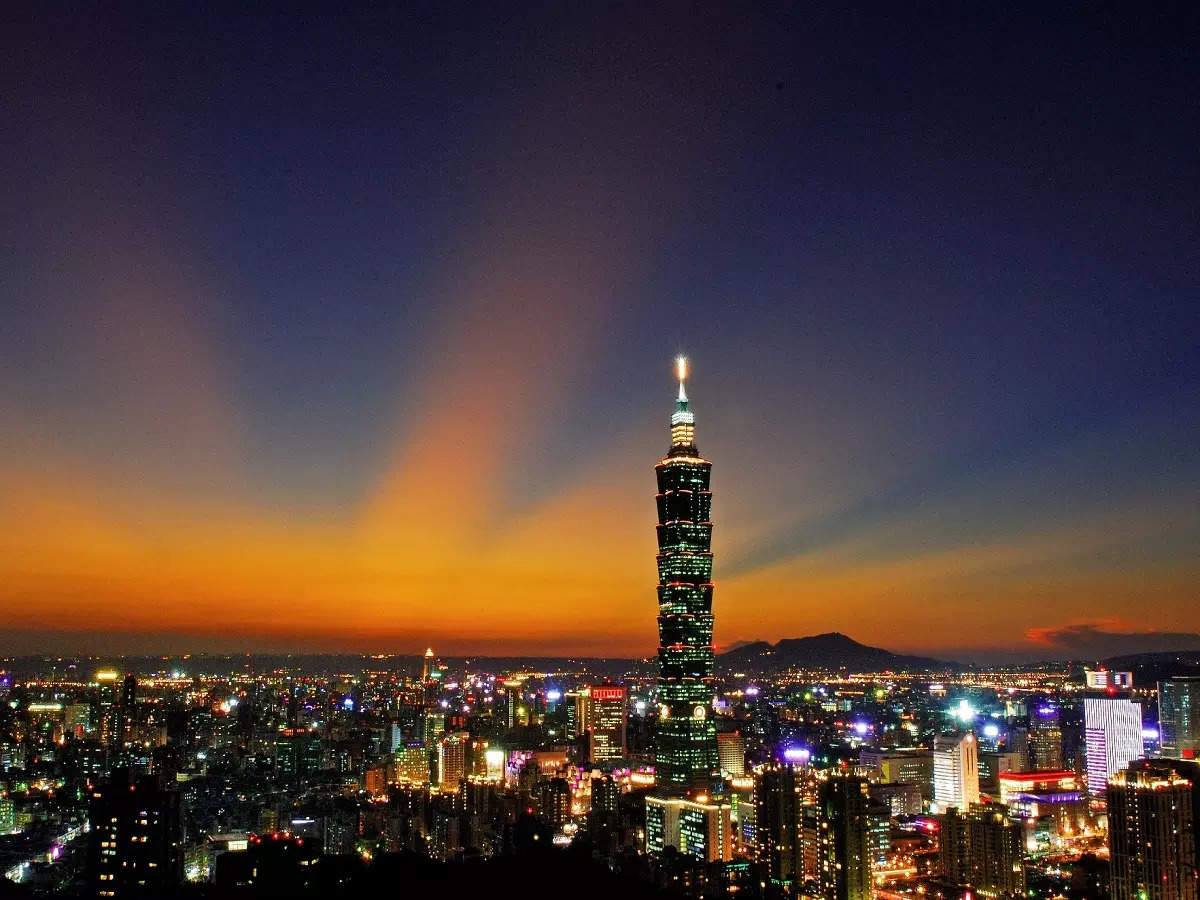
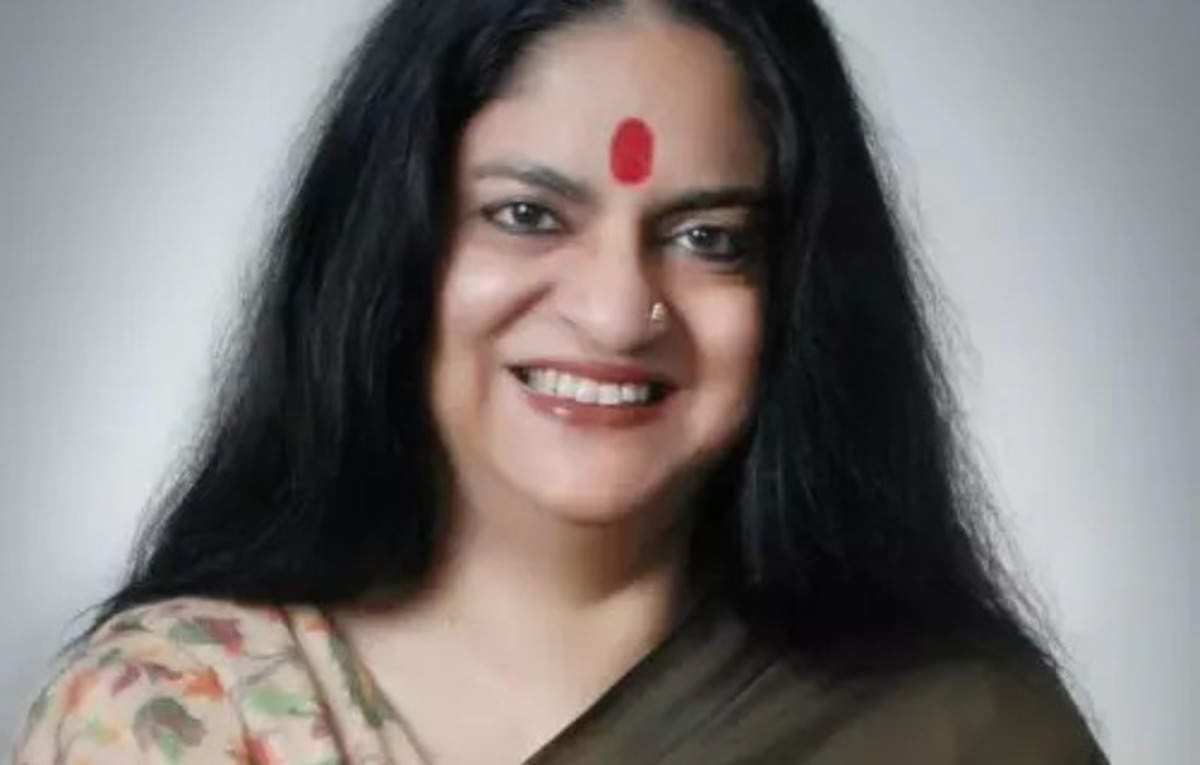




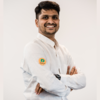
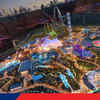

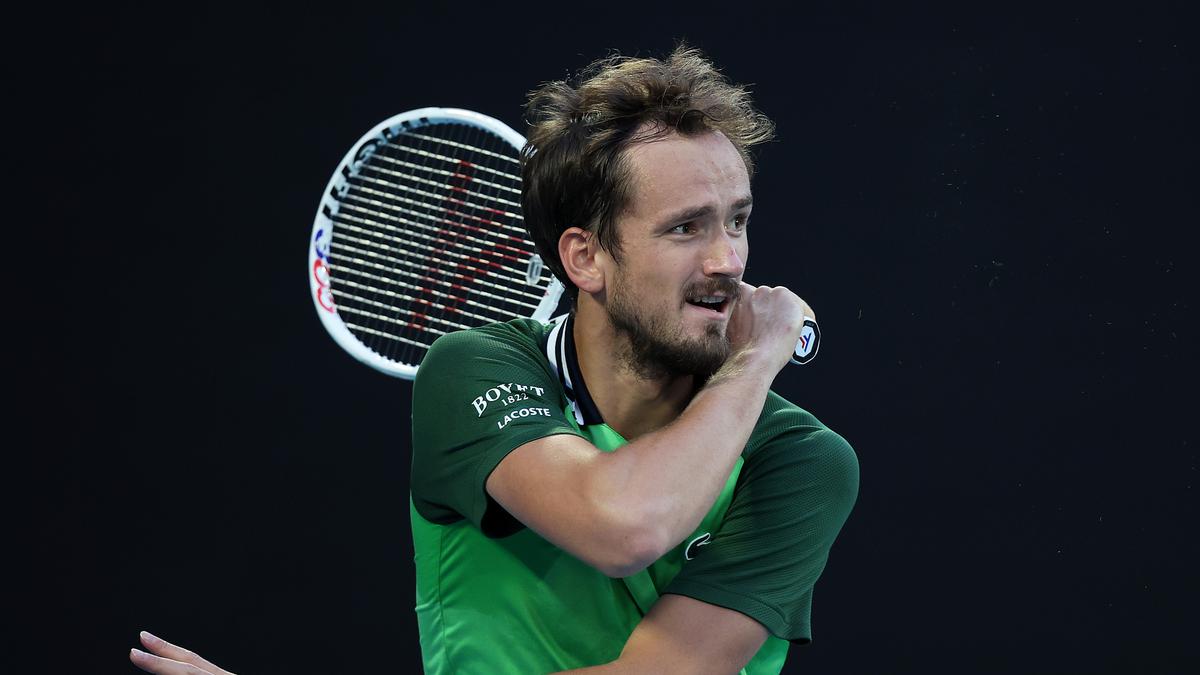
.jpg?#)
